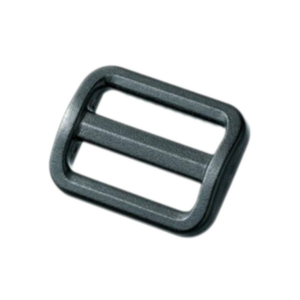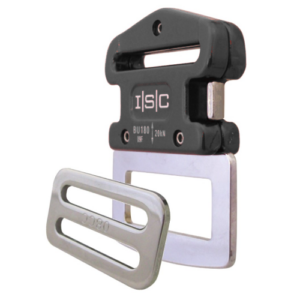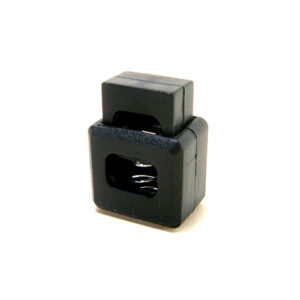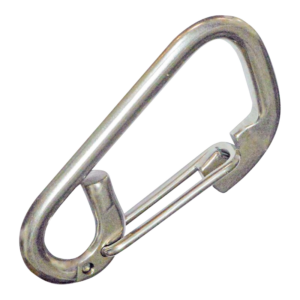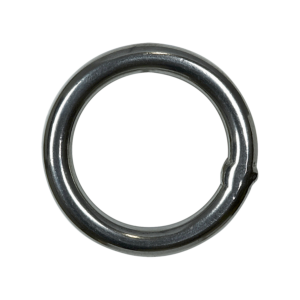Horizontal Life-lines / Static Lines
Horizontal life-lines (also called “static lines”) are lengths of rope or wire cable rigged horizontally along a structure, and used as a long horizontal anchorage, connected to the worker with a lanyard that travels along the line following the worker’s movements. They may be up to 100 metres long, and have intermediate anchorages to divide them into spans. Horizontal life-lines offer great freedom of movement; however there are several pit-falls in their use.

Firstly, access to the life-line must be made safe. Secondly, provision must be made for passing from one span to the next without disconnecting from the system, usually by using a twin-tail or double lanyard. Because of the physics of horizontal lines, it is possible to impose extremely high loads on them, with the load increasing the more the line is tensioned. Therefore the engineering of horizontal life-lines is a complex matter.
Long-term life-lines are constructed from wire cable, which can be rigged with a 5% sag (i.e. 500 mm per ten metres), to avoid excessive tension. With this amount of sag the load imposed on the anchorages will be five times the load applied, which should not exceed 6 kN if an energy-absorbing lanyard is used. This will impose a maximum load of 30 kN at the anchorage, giving a minimum safety factor of nearly 1.5, for a 10 mm wire cable having a strength of 44 kN. For short-term life-lines a rope system can be used, providing it is rigged with a strength of 40 kN and tensioned so that a load of 6 kN does not impose more than 20 kN load on the end anchorages. The use of horizontal life-lines presupposes that anchorages can be found with a strength in the range of 40-44 kN. This is difficult to achieve on many structures, and particularly on roofs, except for steel-framed buildings.
In general the rigging of horizontal life-lines is a technical matter which is best undertaken by expert riggers.













